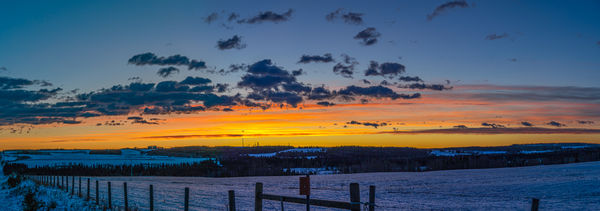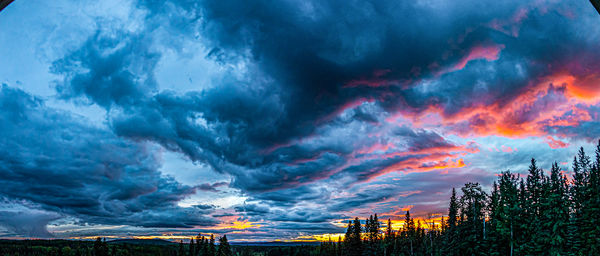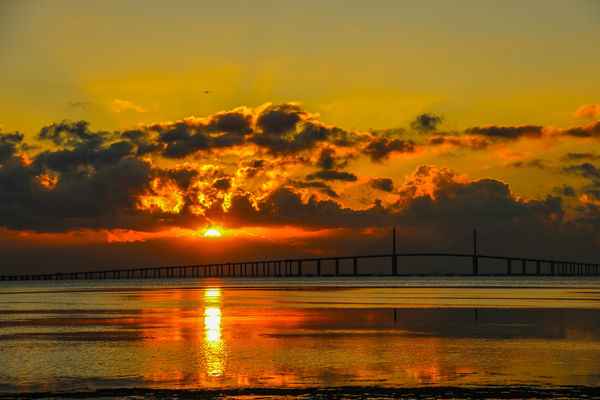TAKING SUN SET AND SUN RISE PIC BEEST SETTING AND FILTERS
Feb 22, 2021 10:14:17 #
gvarner
Loc: Central Oregon Coast
I started by using my camera's Sunset scene mode, examined the EXIF data to see what settings it used, and then adjusted from there.
Feb 22, 2021 10:37:47 #
JOEharbor wrote:
TAKING SUN SET AND SUN RISE PIC BEEST SETTING AND FILTERS
What would you suggest. Joe
What would you suggest. Joe
Tripod, trigger, long exposures, and I usually shoot about -2/3 to -1 stop. Keep ISO low. Something interesting in the foreground, middle ground and background
Feb 22, 2021 11:43:40 #
JOEharbor wrote:
TAKING SUN SET AND SUN RISE PIC BEEST SETTING AND FILTERS
What would you suggest. Joe
What would you suggest. Joe
If a nikon camera no metering needed especially if a D810 OR newer on a tripod with a remote trigger and shooting raw manual mode manual focus f14 split soft neutral density filter for the horizon and above . Using a hyper focus distance of around 15 feet . 5 stop bracket base ISO 64 .You need to start with a shutter speed about 1/60
a sec for bracket of 1/2 stops , then try a bracket set of 1 second forward ....you should have have at least 1 or more for use as a single to use or more if attempting an HDR image. I often carry a flash with a modifier and shoot the first frame of a bracket set for foreground lighting if My brightest bracket doesn't have enough detail to use on a foreground later if needed ...
Feb 22, 2021 12:18:34 #
JOEharbor wrote:
TAKING SUN SET AND SUN RISE PIC BEEST SETTING AND FILTERS
What would you suggest. Joe
What would you suggest. Joe
I typically do a test shot and then use my -/+ exposure button. I adjust the underexposure until I get the exposure that looks best. Sometimes I use the HDR feature on the Nikon D850.

Feb 22, 2021 12:31:33 #
As a teacher of photography, I recomend using the "sunset" setting if your camera has one. If it doesn't then I change the AWB to either shade or overcast.... This improves the red and orange. Then use the the exposure compensation to lighten or darken as desired. And fire away.

Feb 22, 2021 13:31:33 #
If you are caught unready for a sunset and see a great one happening, I make sure the shutter is fast enough to eliminate shake and then shoot with 2 stops under exposure. It might not be the absolute best result but for a quick grab it really gives excellent results. IMHO.
Feb 22, 2021 15:47:07 #
JOEharbor wrote:
TAKING SUN SET AND SUN RISE PIC BEEST SETTING AND FILTERS
What would you suggest. Joe
What would you suggest. Joe
I just set the camera to 'VIVID' and shoot away! Focus on the horizon and set the aperture on brightest part of the sky.
bwa
Feb 22, 2021 16:09:14 #
Feb 22, 2021 16:15:19 #
Feb 22, 2021 16:43:36 #
There are a million ways to take sunset pictures and they can all be great.
Sunset pictures depend a great deal on what the viewer likes. Personally I like a wide variety of sunset methods. One I like is using a very long lens and then trying to get a bird between me and the sun like the one I have attached. This can make the sun look very large. To do this however requires stopping the lens way down to reduce the brightness of the sun. The hazard of that is you might recuce the sky and land or water between you and the sun and then that makes the bird if you are lucky enough to catch one be just a silhouette.
The sun is so bright even at sunset that the auto features on your camera won't be able to meter it the way you want. Set your exposure for what you want to emphasize.
You don't always have to have the sun in the picture, often the best colors are after the sun has gone below the horizon. Since the sun goes down so quickly you will have a lot more time after the sun goes down below the horizon than once it gets to the horizion. Use your time wisely.
If you do decide to go wide instead of long it is good to have something in the forground like the weeds in the picture labeled Captiva shore.
SunRISE locations will be a lot less crowded than sunset but it's a lot easier to get to a sunset in time.
Sunset pictures depend a great deal on what the viewer likes. Personally I like a wide variety of sunset methods. One I like is using a very long lens and then trying to get a bird between me and the sun like the one I have attached. This can make the sun look very large. To do this however requires stopping the lens way down to reduce the brightness of the sun. The hazard of that is you might recuce the sky and land or water between you and the sun and then that makes the bird if you are lucky enough to catch one be just a silhouette.
The sun is so bright even at sunset that the auto features on your camera won't be able to meter it the way you want. Set your exposure for what you want to emphasize.
You don't always have to have the sun in the picture, often the best colors are after the sun has gone below the horizon. Since the sun goes down so quickly you will have a lot more time after the sun goes down below the horizon than once it gets to the horizion. Use your time wisely.
If you do decide to go wide instead of long it is good to have something in the forground like the weeds in the picture labeled Captiva shore.
SunRISE locations will be a lot less crowded than sunset but it's a lot easier to get to a sunset in time.
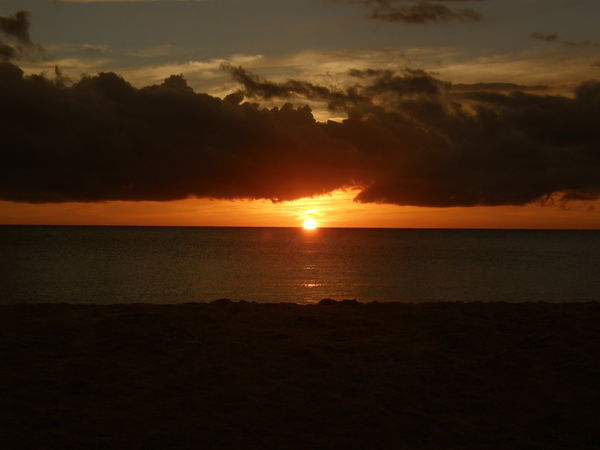
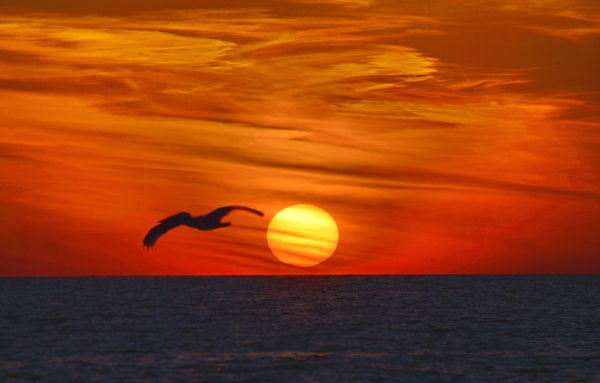
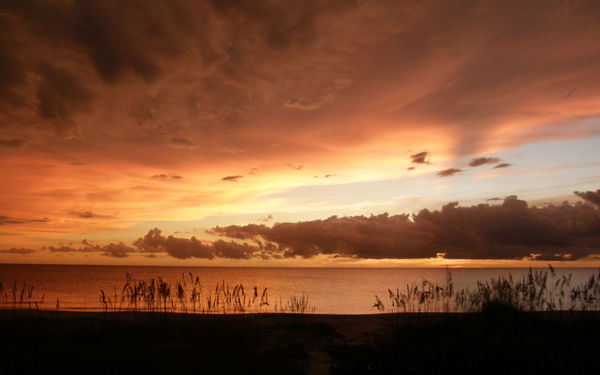
Feb 22, 2021 21:47:06 #
I would suggest taking your camera and photographing a few sunrises or sunsets and assess what you need to do to improve your attempts. It's difficult to provide guidance when one doesn't know what your conception of the photograph is going to be. So, Gene had the best approach.
--Bob
--Bob
JOEharbor wrote:
TAKING SUN SET AND SUN RISE PIC BEEST SETTING AND FILTERS
What would you suggest. Joe
What would you suggest. Joe
Feb 22, 2021 23:06:25 #
billnikon wrote:
For meter readings I like to aim my camera 45 degr... (show quote)
Excellent reply Billnikon. I do basically the same thing with my D750 or D850 all the time. Mirrorless does ease the process though, but I just do what I have done 1000 times, at least, as I have a lot of serious health issues and last week I was declared to be in full remission from Bone Cancer. And your reading from a guy that had to raise 2 Sons on my own, as we lost their Mother when they were young, and I lost my oldest in Afghanistan in '03 and my youngest passed away in '05 with Cystic Fibrosis.
Feb 24, 2021 15:56:02 #
amfoto1
Loc: San Jose, Calif. USA
JOEharbor wrote:
TAKING SUN SET AND SUN RISE PIC BEEST SETTING AND FILTERS
What would you suggest. Joe
What would you suggest. Joe
Generally speaking, it's best to use NO filters when directly shooting sunsets and sunrises.
Adding layers of glass will increase various flare issues. How much depends upon the quality of the filter and, it seems, luck.
Below is an image where I deliberately used a circular polarizer, which is one of the worst to use because it has multiple layers of glass. I know it's hard to see some of the flare artifacts in Internet resolutions and sizes, so there are a couple details from the image where I'm pointing them out. There also was overall veiling flare, reducing contrast and color saturation. There filter seemed to amplify chromatic aberration, too. The image naturally tended to underexpose, too.
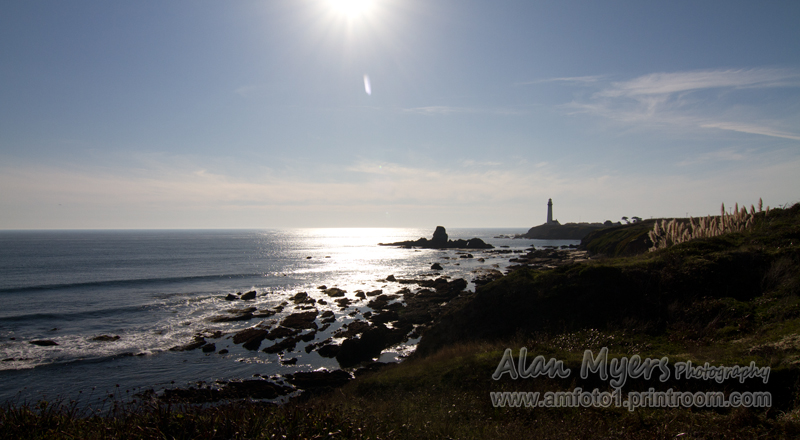
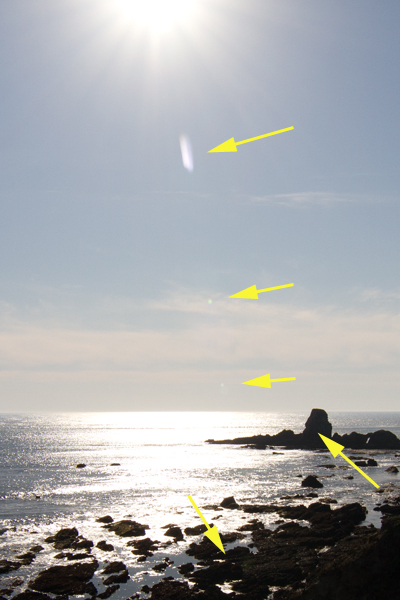

Notice that the sun is just barely within the image. It could have been worse. It's also a very high quality, multi-coated B+W C-Pol... many other filters would have done worse.
I was able to "fix" many of the above issues in Photoshop:
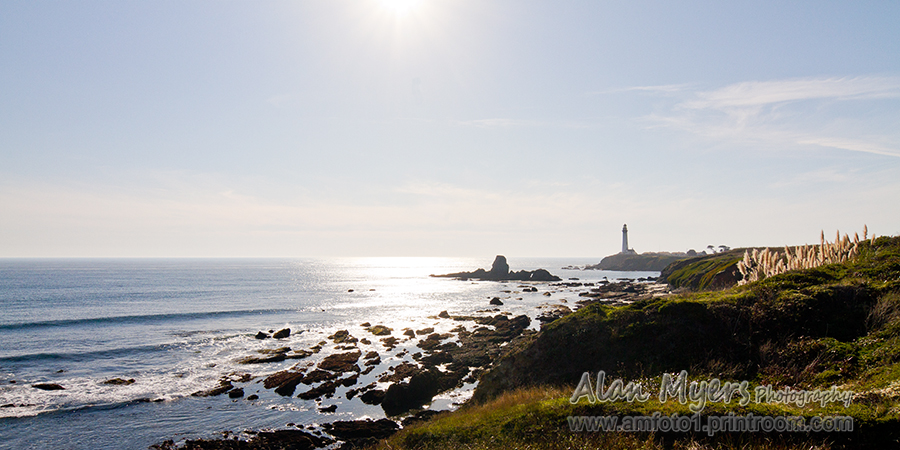
It would have been a whole lot easier to simply not use a filter (bare lens only) and increase my exposure a little, as I did for the following which is almost straight out of camera, had very little post-processing at all:

Also, a C-Pol would have removed some of the reflections from the wet sand and rocks in the above image, which in my opinion are important aspects of the image.
But, don't take my word for it. Experiment. If you have time, maybe take the shot both with and without any filters you might want to try. The only filters I carry and use for digital are C-Pol and some neutral density (NOT graduated ND... I can do better than the filters ever could, using some post-processing techniques). Neither of those serve much purpose for shooting sunsets or sunrises. A circular polarizer's polarizing effect is strongest at 90 degrees from the light source.... pointed directly at the sun is 0 degrees, where there's virtually no effect. Maybe an ND filter, though that would mostly just be to be able to use shutter speeds or apertures that would otherwise be impossible. Whatever filter you try, it MUST BE very high quality glass and multi-coated! Cheap uncoated filters are best used as skeet targets or under your ice tea to protect your wood coffee table.
EDIT: Full disclosure. Actually, I do carry a third type of filter... UV. I have those available for protection when I'm shooting in situations where the lens is at risk, such as at the seashore or in blowing sand. But I only install those when I must, most of the time they aren't on my lenses. And I wouldn't use one for a sunset or sunrise, because it wouldn't enhance the image at all, much more likely would just be problematic.
Feb 25, 2021 16:35:32 #
amfoto1 wrote:
Generally speaking, it's best to use NO filters wh... (show quote)
Sometimes I think we get to technical with our skills.. I would go for uniqueness and look at this process as an artist. Putting your own spin on the sunset or sunrise is what I think one should strive for . I use my own settings that I like. I use no filters and I learned from you the more layers of glass the more problems..This picture I took right out of my camera. (Canon 5DSR) No filters (Sigma art lens) It is what I see--some problems, but is my individual take on the scene.
If you want to reply, then register here. Registration is free and your account is created instantly, so you can post right away.





